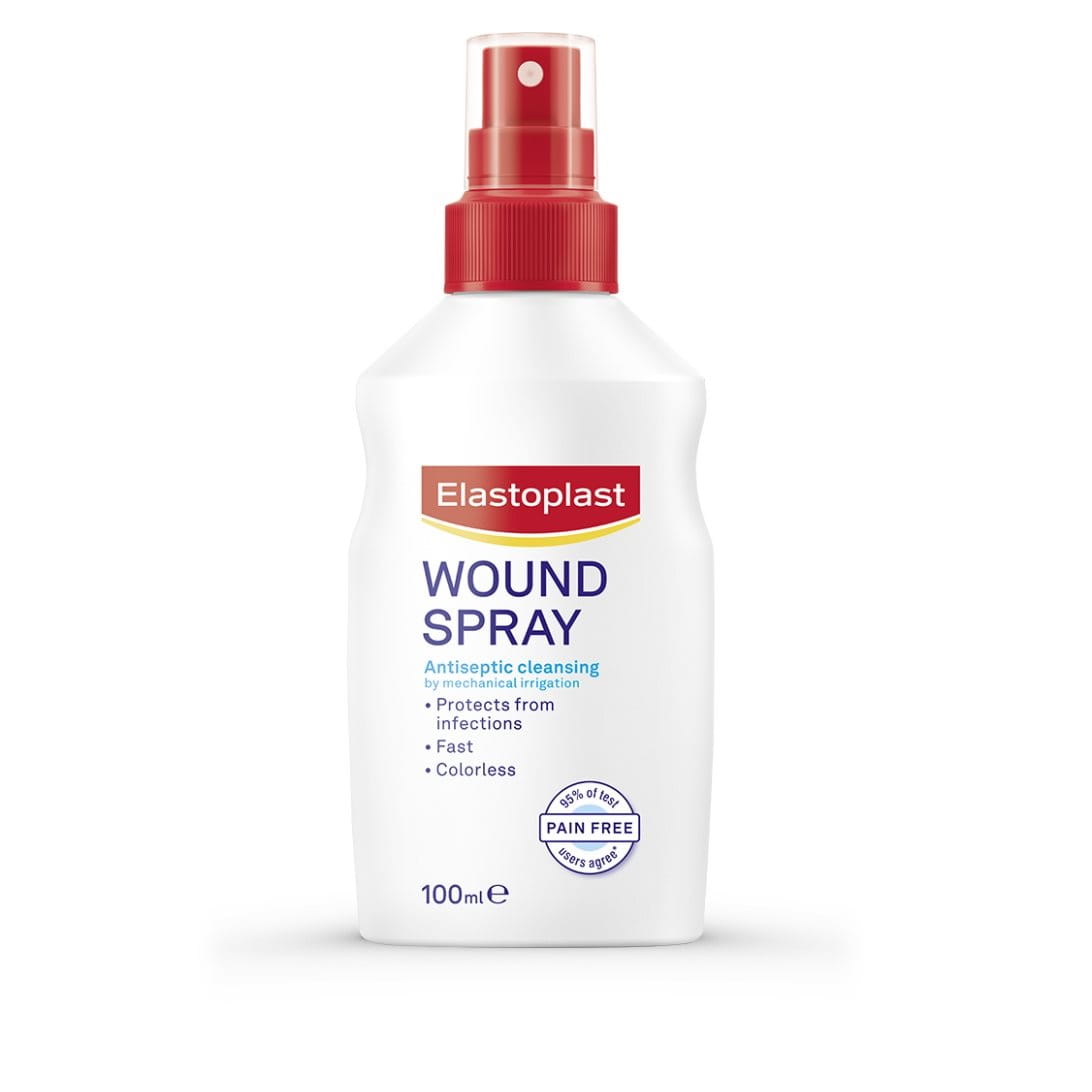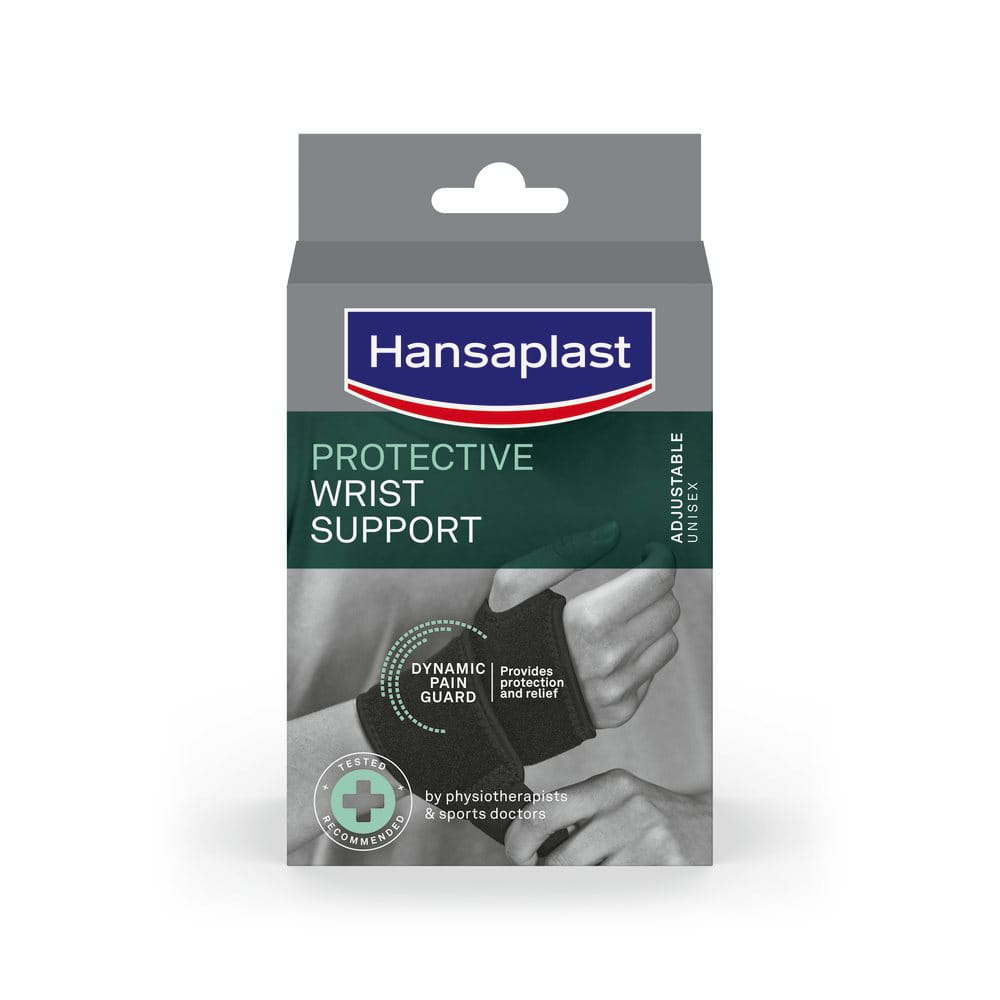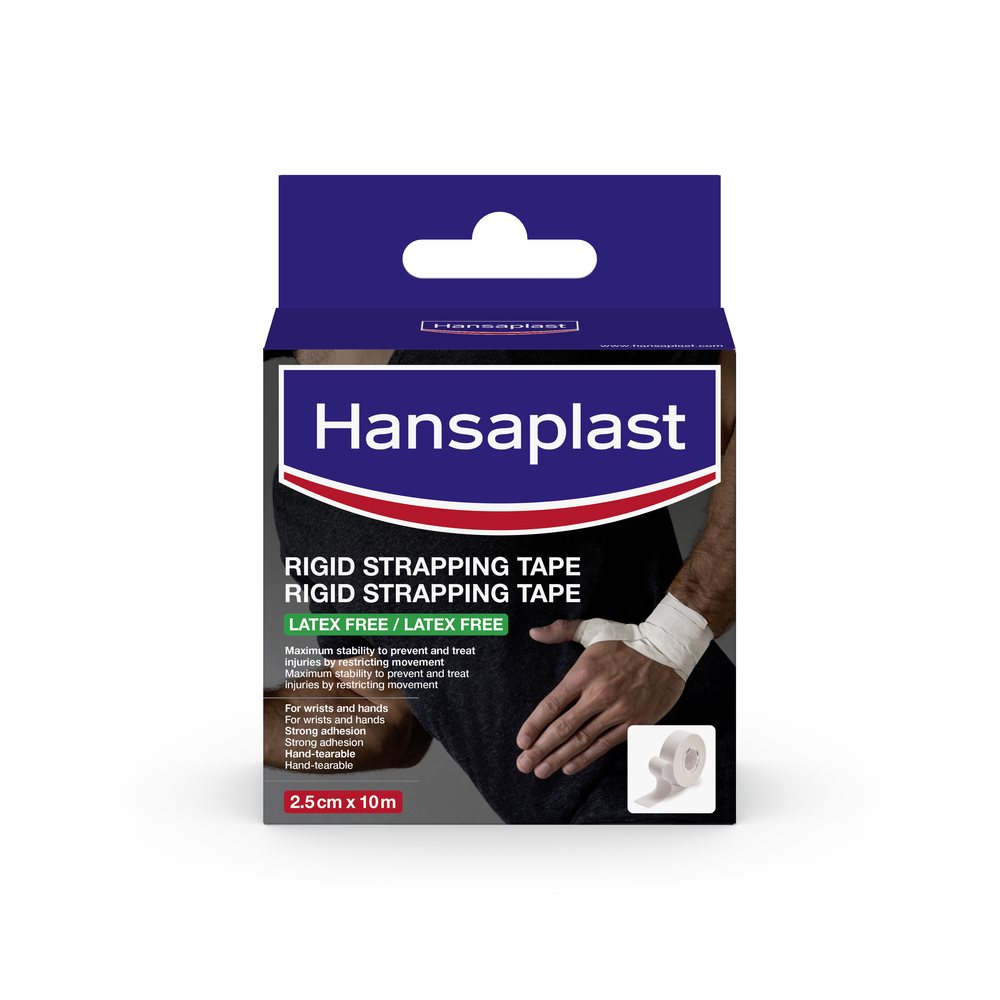Pain in the wrist can have many triggers - sports or stress in everyday life (for example daily work at a desk) are among the most common causes. But injuries to muscles, ligaments, tendons and bones as well as various diseases can also trigger wrist pain. Fortunately, there are some simple measures that affected people can take themselves to alleviate and positively influence movement restrictions and pain in the wrist.
What are the causes of wrist pain?

Wrist pain can have a variety of causes. Below are common causes of wrist pain summarized for you:
Overuse or poor posture, e.g., during sports or at work.
- Tendinitis
- Carpal tunnel syndrome
- Injuries to tendons and ligaments
- Bone fractures, sprains or bruises
- Hyperkinesia
- Degenerative changes in the wrist
What helps against wrist pain?
With three simple tips against wrist pain, you can relieve the discomfort yourself and support the joint in the healing process and prevent recurrent pain.
Wrist taping
Applying tape for wrist pain is an easy way to relieve your discomfort and allows you to actively participate in sports and everyday life. Wrist tape is often recommended for an unstable or overworked wrist and conditions such as tendon and muscle irritation. There are a variety of application techniques depending on the cause of the discomfort.
How can I prevent wrist pain?
In various sports, overloading of the muscles and tendons - and thus also pain in the wrist - can be prevented in a simple way. Preventive measures such as wearing a wrist brace can mitigate abrupt loads, such as those that often occur in various ball sports. Warming up before and stretching muscles after sports can also help prevent wrist pain and injuries.
In general, if you are starting sports or if you develop symptoms in the wrist area during the sports you are already doing, you can independently try to positively influence them with a wrist brace. Sports and regular exercise make the structures in our body such as muscles, tendons and ligaments healthier and more resilient, and also lead to more balance and psychological well-being. The many-sided significance of the positive effects of physical activity can therefore by no means be denied.

Dr. Michael Richter has been a state-certified physiotherapist since 1999 and works at the renowned “Rückenzentrum Am Michel” in Hamburg, Germany - an interdisciplinary center specializing in the treatment of people with acute and chronic musculoskeletal complaints.
He is an expert in manual therapy and exercise therapy and has been treating people with back and joint problems for 20 years. In addition to his enthusiasm for the manual treatment of patients, pain education is very close to Michael's heart and it has been his ambition for years to inform patients and colleagues with the best and scientifically sound facts on the subject of pain.
In addition to his practical work with patients, Michael was involved in teaching and research as a substitute professor in the field of physiotherapy at the Münster School of Health in Münster, Germany.
Notice:
Please note that the tips and advice given on this website have been compiled with great care but can in no way replace medical advice and treatment. If you have or suspect a health problem, see a doctor and follow medical advice regardless of what you have learned on this website.
If there is a serious injury, it must be assessed and treated by a (specialist) doctor. If you are unsure about the cause of your pain, you should also consult a doctor.
If the symptoms are accompanied by redness, swelling, overheating of the joints, persistent or severe pain and/or neurological symptoms (e.g. numbness, tingling) or if the pain radiates to the legs, a doctor should be consulted immediately.
The information on this website is not intended as a basis for self-diagnosis, treatment and medication.
Please always read the instructions for use or package inserts of our products carefully and comply with them.
For more information about our products, please contact us via the Hansaplast hotline 040/ 4909 7570 (Mon.-Fri. 8.00 - 18.00h) or via e-mail at Hansaplast@Beiersdorf.com.










